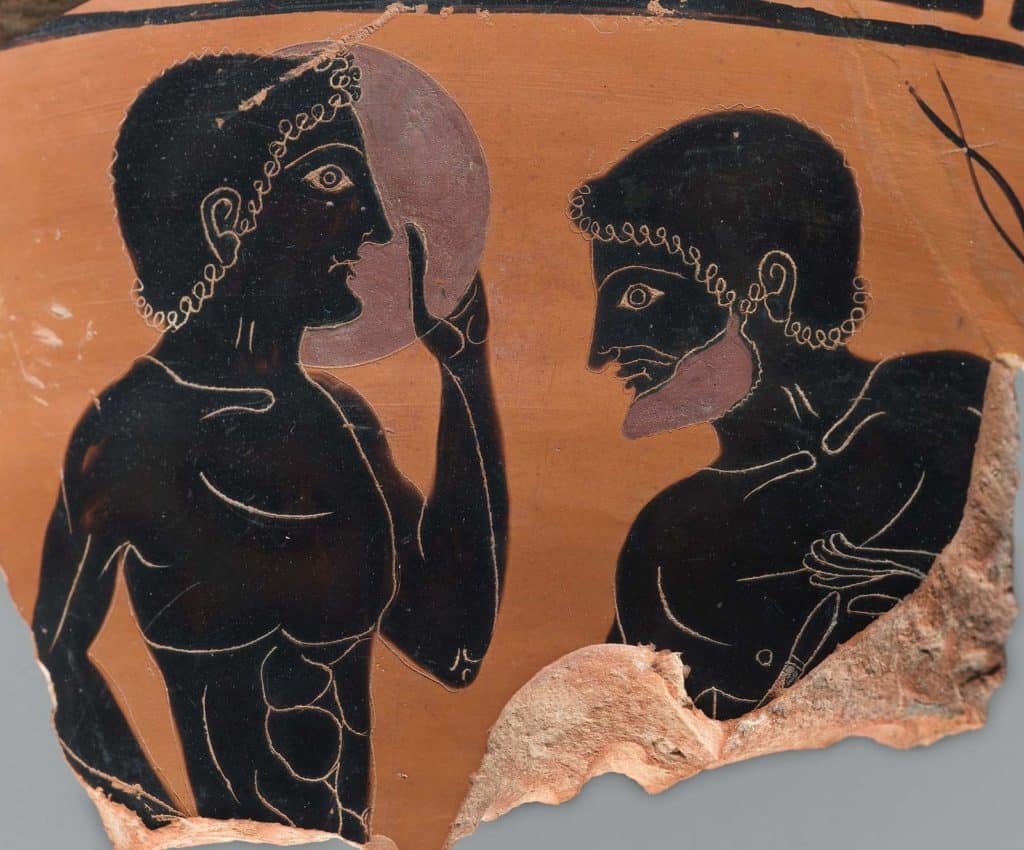Throughout much of history, societies have marked the moment when their boys became ‘men’. And most continue to do so to this day. However, while in modern Western societies ‘coming-of-age’ rituals are largely fun and care free celebrations, in the past, they were far more dramatic. From Ancient Greece to ancient China, boys would be forced to prove their ‘manliness’. Tough, often bloody rituals were used to test youths, forcing them to prove they had what it took to be a man in an unforgiving world.
Thanks to surviving written accounts and to visual depictions, we have a good idea of what past societies did to mark the end of boyhood and the start of adulthood. And in some places, the influence of centuries-old traditions can still be seen. We know that, while some past societies believed boys became men as soon as they reached puberty – or even earlier – others allowed their male citizens to enjoy their childhoods for as long as possible. Similarly, the way in which the people of the past marked this major milestone in life varied dramatically. Some societies demanded bloodshed, whilst others demanded shows of obedience or bravery.
So, from murderous killing sprees and death-defying leaps to simple changes in hairstyle, here we present 18 of the most notable coming-of-age ceremonies for males in human history:

18. In Ancient Greece, boys would be paired with older male mentors and taught everything they needed to know about adult life
As a young man in Ancient Athens, being paired up with an older mentor was the first step towards manhood. In most cases, the boys family would arrange the union, seeking out an adult male who could help and support him in his career. The older man was known as the erastes, while the younger male was the eromenos, or philetor – though, in reality, the age difference might only be a few years, with the mentor still in his early 20s. The nature of the relationship varied markedly. In some Greek cities, it was highly sexual, and indeed this was seen as an important part of a boy growing up to become a man.
In Sparta, among other cities, any sexual contact between the mentor and his young charge was deemed highly inappropriate and could be punished extremely harshly, even by death. What’s more, it wasn’t just a one-way relationship. While the mentor was supposed to be the dominant partner in the arrangement, ancient poets often wrote of wily young men who manipulated their mentors and even broke their hearts. When the younger man’s family believed he was sufficiently mature to be a full citizen – and so marry and be politically active – the mentor relationship was terminated.

